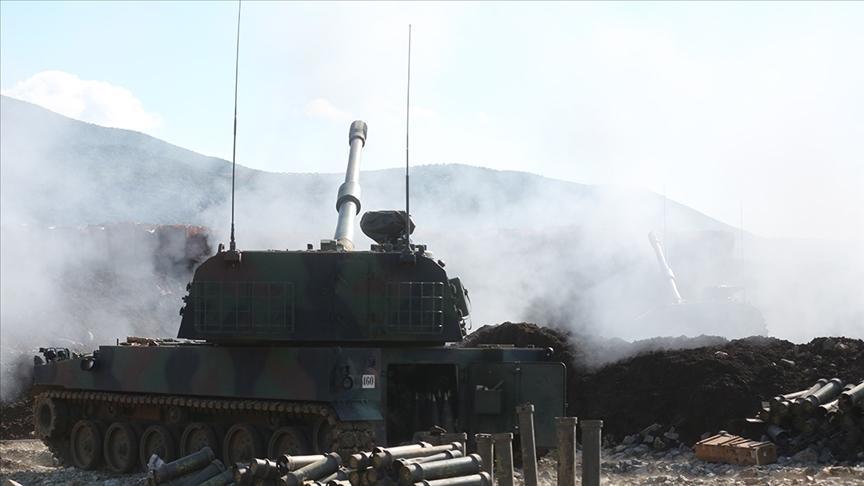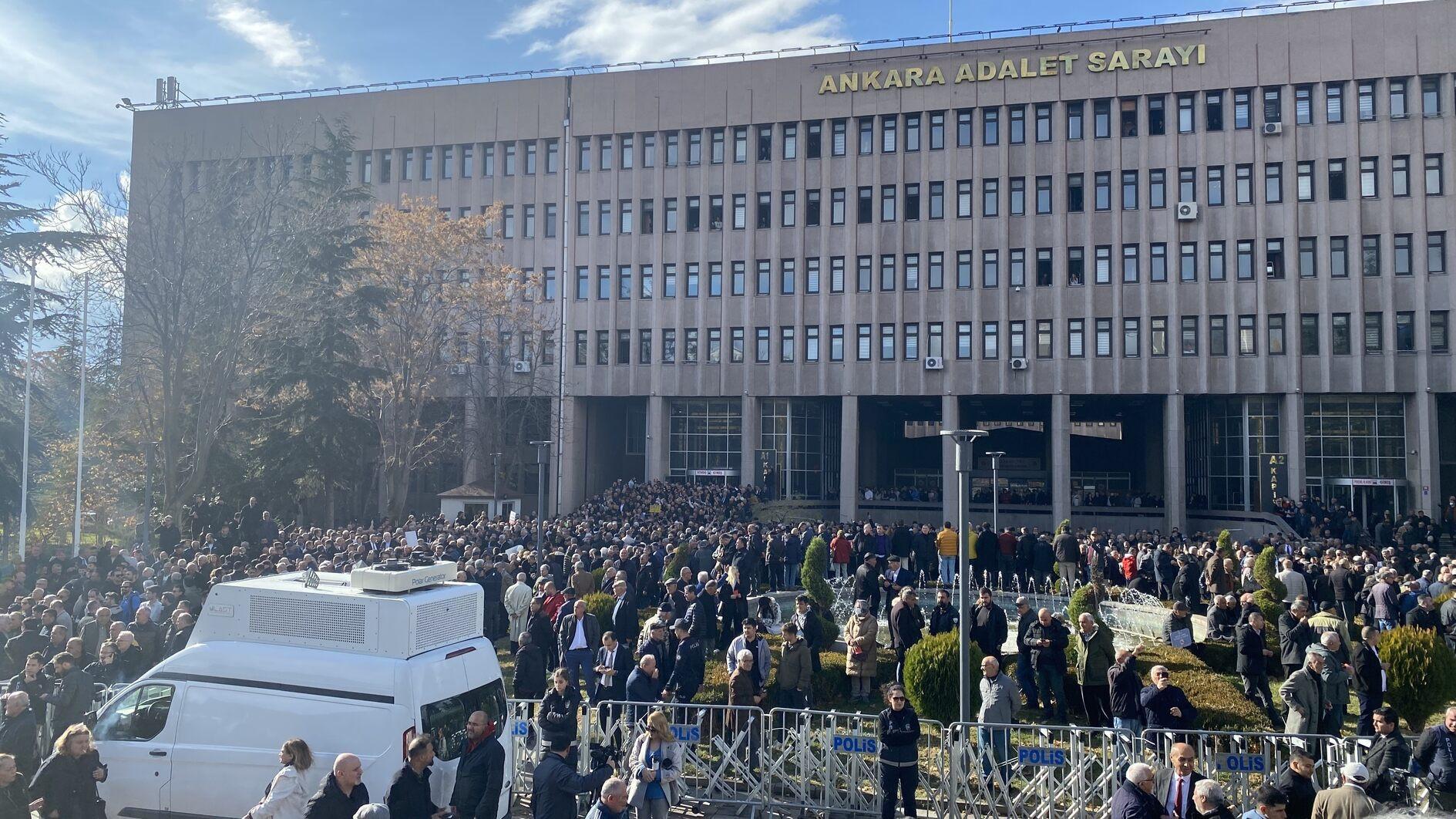From supplying water to art
Hurriyet Daily News with wires
The old water reservoir in the center of Taksim Square, which used to supply water to Istanbul’s oldest settlements of Pera and Taksim, has been transformed into an art gallery.Despite the depot’s location in the heart of the ever-crowded square, most of those walking by rarely notice that it is there. The newly reconstructed "Taksim Republic Art Gallery" (Taksim Cumhuriyet Sanat Galerisi) opens its doors Dec. 20 with an exhibition on the history of election in Turkey. The exhibition is timely, as it coincides with the upcoming local elections in Turkey on March 3. The exhibition "Sine-i Millet" will be officially opened by Istanbul Mayor Kadir Topbaş.
The reservoir, know as "Maksem," was what gave Taksim its name. During the Ottoman Empire, water was carried by pipe to maksems located throughout the city.
The water, upon reaching the European side of Istanbul in the 18th century, was stored in the large stone reservoirs before it was distributed. Taksim means distribution or division, which in this case describes the water distribution. It was built in 1732 by the order of Sultan Mahmut I.
Turning it into a mosque
According to the Istanbul Metropolitan Municipality, or İBB’s, statement, the building has been disused for many years. During the 1960s there was some discussion of turning it into a mosque, yet this was shelved after the 1980 military coup. The project to turn the historic reservoir into an art gallery was approbated by the commission of the protection of cultural and natural heritage.
The first exhibition at the gallery covers 100 years of Turkish electoral activity. The aim of the exhibition, a first time visual depiction of the history of the election process, is to inform youngsters of the importance of this democratic tradition.
"Not many people know about the history of the argument for public participation in the administration of the government, 100 years ago it was a hot topic, maybe more than it is today. The history of elections is especially unclear in people’s minds. How the elections took place and how the developed, are the unknown facts," said a statement from the İBB.
Focusing on different facts
"Where was the origin of democracy in the Turkish Republic? What was the struggle for Turkish women, who were given the right to vote in 1931, before many European women? What were the names of the political parties who campaigned for the winning votes 100 years ago? Who were the first elected members of parliament? Once upon a time election campaigns were like festivals."
The exhibition, overseen by Mehmet Lütfi Şen, has also received support from the Libraries and Museums Office. Starting from the year 1840 and continuing until elections in 1950, the exhibitions consists of different sections, including "The adventure of elections," "The portrait of Turkish women as an electorate and candidate" and "The visual history election festivities."
Visitors to the exhibition will exercise the right to vote. This time though, the legal age will be 15. Visitors will vote for cultural leaders, such as the writer, actor and musician of the Turkish Republic.
















